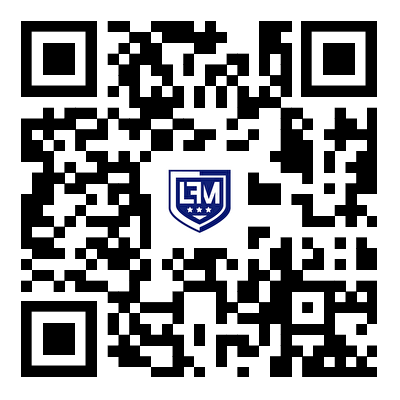- English
- Español
- Português
- русский
- Français
- 日本語
- Deutsch
- tiếng Việt
- Italiano
- Nederlands
- ภาษาไทย
- Polski
- 한국어
- Svenska
- magyar
- Malay
- বাংলা ভাষার
- Dansk
- Suomi
- हिन्दी
- Pilipino
- Türkçe
- Gaeilge
- العربية
- Indonesia
- Norsk
- تمل
- český
- ελληνικά
- український
- Javanese
- فارسی
- தமிழ்
- తెలుగు
- नेपाली
- Burmese
- български
- ລາວ
- Latine
- Қазақша
- Euskal
- Azərbaycan
- Slovenský jazyk
- Македонски
- Lietuvos
- Eesti Keel
- Română
- Slovenski
- मराठी
- Srpski језик
Is there any industry news regarding the design of EAS RFID antennas?
2024-10-17
In recent years, the field of EAS (Electronic Article Surveillance) RFID (Radio Frequency Identification) antenna design has seen significant advancements and innovations. These developments are crucial for enhancing the efficiency and security of retail, asset management, and supply chain operations.
Advancements in RFID Antenna Technology
The optimal design of RFID antennas for EAS systems continues to be a key area of research. With the increasing demand for long-range, passive RFID tags that can be mounted on multiple surfaces, manufacturers are continuously striving to improve antenna performance. Recent advancements include the use of meta-materials with unusual dielectric properties to design radiation patterns that reduce the size and cost of wireless components. These innovations could lead to important breakthroughs in RFID tag antenna design.

Market Growth and Applications
The global market for EAS systems is expected to grow steadily in the coming years, driven by the increasing demand from retail, e-commerce, and logistics industries. RFID technology, particularly in the form of EAS RFID antennas, plays a pivotal role in this growth. According to market research, the global EAS market is projected to reach a significant value by 2030, with RFID technology occupying a substantial share due to its unique advantages in cost-effectiveness, security, and functionality.
In the retail sector, EAS RFID antennas are used to prevent theft and unauthorized removal of商品. The integration of RFID technology with IoT, cloud computing, and AI is enabling more efficient data processing and decision-making, further boosting the adoption of EAS systems. Additionally, as consumer behavior shifts towards online and offline shopping modes, EAS RFID antennas are becoming more adaptable to provide seamless security solutions.
Innovative Companies Leading the Way
Several companies are leading the way in EAS RFID antenna design and innovation. For example, Hangzhou Meisite Intelligent Technology Co., Ltd., a national high-tech enterprise, has been actively engaged in the research, development, and production of EAS and RFID-related products and solutions. With a patent portfolio of 148 patents, including 10 invention patents and 130 software copyrights, Meisite has established itself as a key player in the industry.
Similarly, other companies like Globall Electronics (Wenzhou) Co., Ltd., specialize in the production of wireless RF products such as EAS labels and RFID antennas. With advanced production lines and testing equipment, these companies are able to produce high-quality RFID antennas in large volumes, meeting the growing demand from various sectors.

Future Trends and Challenges
The future of EAS RFID antenna design looks promising, with continued advancements in technology and expanding applications. However, challenges such as supply chain complexity, rapid technology updates, and data security issues need to be addressed. To overcome these challenges, industry participants are investing heavily in research and development, collaboration, and mergers and acquisitions.
As the market for EAS systems continues to grow, RFID antenna design will play an increasingly important role in driving innovation and efficiency. With the integration of IoT, cloud computing, and AI, RFID technology is poised to revolutionize the way we monitor and manage商品 in various sectors, from retail to logistics and beyond.

In conclusion, the field of EAS RFID antenna design is experiencing rapid growth and innovation, driven by the increasing demand for secure and efficient commodity management solutions. With continued advancements in technology and expanding applications, the future of RFID technology in EAS systems looks bright.



